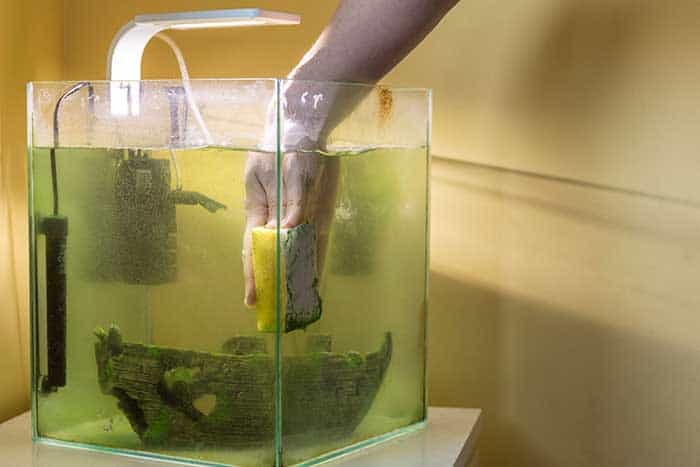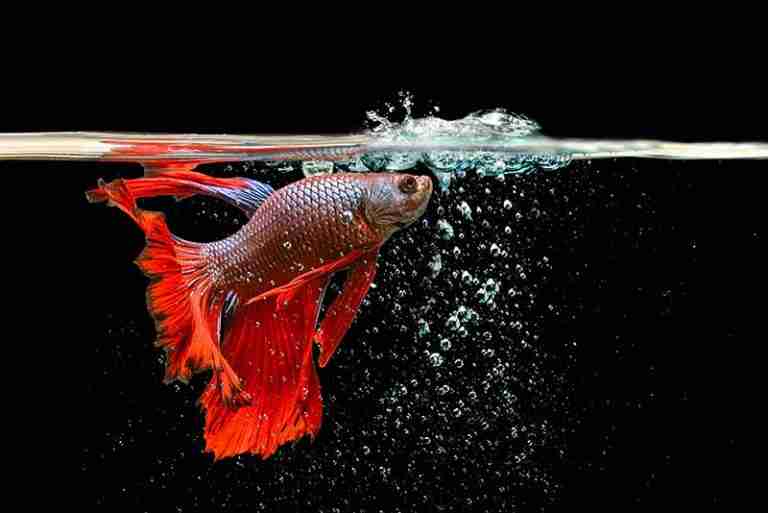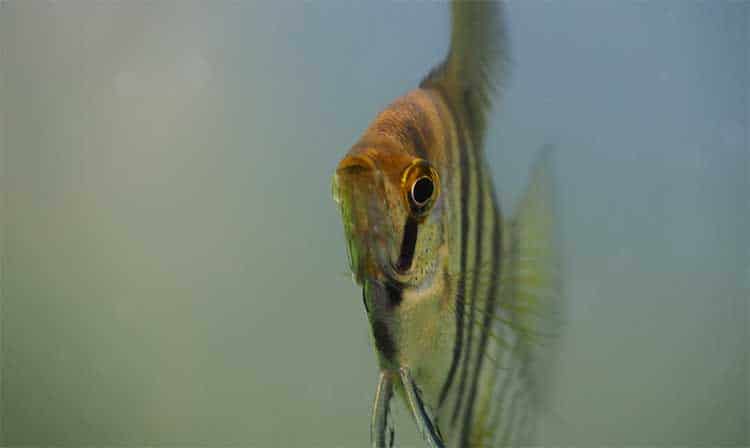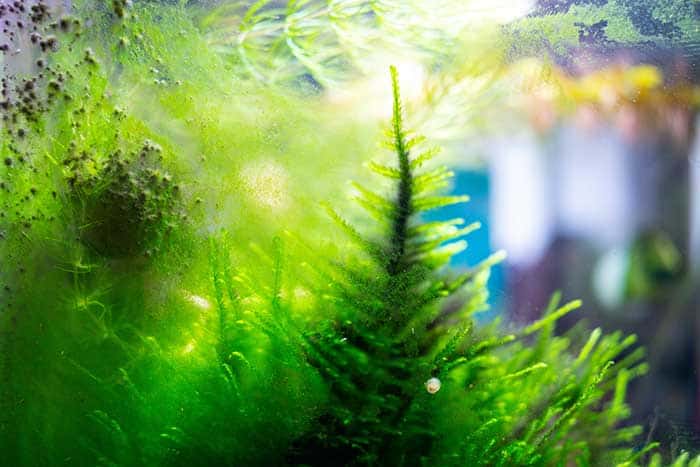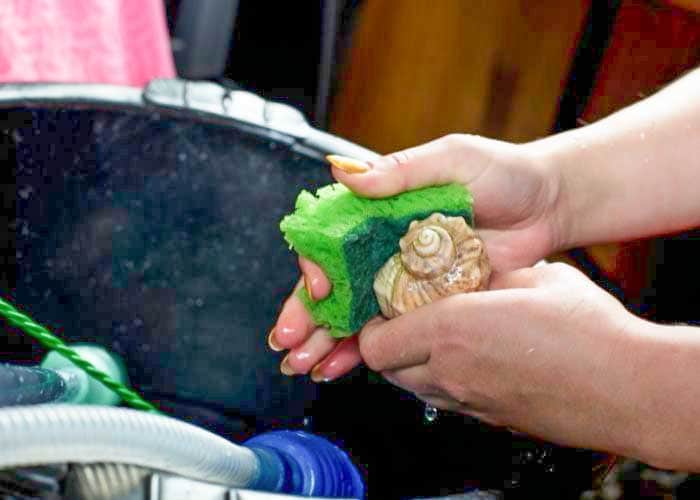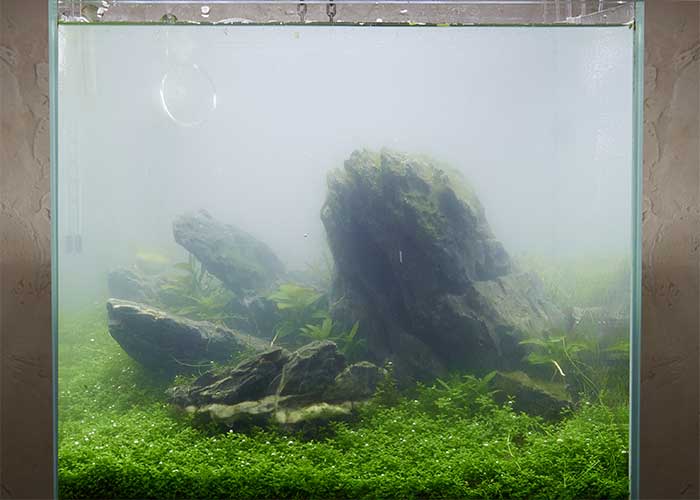How To Clean Fish Tank Gravel Without A Vacuum (In 4 Steps)
Using fish tank gravel as your aquarium substrate not only helps your aquarium mimic a fish’s natural habitat, but it also plays an essential role in the aquarium’s ecosystem. Over time, gravel can become dirty with fish food waste and fish poop, and it can also harbor harmful bacteria.
Cleaning fish tank gravel without a vacuum can be done, but it takes a little more work. You will ideally need to remove all of your fish and then remove the gravel ready for cleaning in a sturdy sieve or colander.
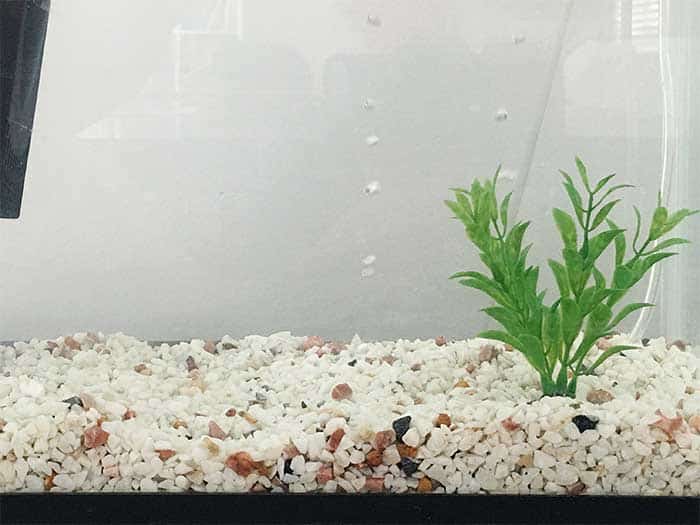
If you want to know how to clean fish tank gravel without a vacuum, this article will take you through the process step-by-step, but I highly advise purchasing a gravel vacuum which will save you a massive amount of time and effort.
How To Clean Fish Tank Gravel By Hand
Before you begin cleaning your fish tank gravel, there are a few items that you will need.
- 2 large buckets (Clean and free from toxins or chemicals).
- A net to remove your fish from the tank.
- A large jug or cup to transfer water from the tank and scoop the aquarium gravel.
- A sturdy sieve and/or colander (the holes should be large enough for dirt to fit through but not the aquarium gravel).
Now that you have all the items required to clean your fish tank gravel, you can follow the detailed steps below.
1. Remove Your Fish
The first step in cleaning fish tank gravel without a vacuum is to remove all of your fish. To remove the fish, you will need to fill one of your buckets with some of the aquarium water.
You can use the jug or cup to scoop the water from the aquarium and add it to the bucket until it is about three-quarters full. The bucket should be free from toxins or chemical residue as they may harm your fish.
Gently use your net to remove each of your fish from the tank and place them into the bucket where they will stay for the duration of the gravel cleaning process.
2. Remove The Gravel
Now that your fish are safely out of the way, you can begin to remove the dirty gravel from the tank.
You will need to use the jug or cup to scoop the gravel from the fish tank and add it to the second bucket. You may not fit all of the gravel into the bucket, but this is ok, as it’s wise to keep a small amount of gravel in the tank.
Aquarium gravel substrate harbors many good bacteria required to maintain a healthy balanced ecosystem within your tank. By cleaning all of the gravel, you will be removing the beneficial bacteria.
Without these beneficial bacteria in your tank, you will likely experience ammonia spikes that will be toxic to your fish. The only way to replace the bacteria is by cycling a fish tank, or you may need to perform an emergency cycle because you have fish waiting to return to the tank.
By keeping some of the gravel in your tank, the bacteria can reproduce much more quickly and will avoid the need to perform a tank cycle.
While removing your aquarium gravel, you may find that your fish tank decorations are getting in the way, so feel free to remove them and rinse them under a tap.
3. Clean The Gravel
With all the gravel in one place, you can slowly and methodically add it to the sieve or colander. Ideally, the holes should be big enough for dirt, food waste, and fish waste to fall through without losing any gravel.
I would advise you to rinse the gravel over a sink with the plug in place so you don’t lose any gravel down the drain.
You should run warm, clean water over the gravel and use your hand to turn and toss the gravel so that the water cleans evenly.
Each colander full of gravel can be returned to the tank once cleaned, and you should repeat the process until you have cleaned all the gravel substrate.
You will undoubtedly have some small pieces of gravel fall through into the sink, so you can use your hand to move the gravel to one side while removing the plug and draining the dirty water.
4. Return Your Fish To The Tank
The final step is to return your fish to their tank. At this stage, you will have cleaned your gravel substrate and returned it all to the tank.
If the gravel cleaning has taken a lot of time, the bucket of water that is holding your fish will have cooled well below the fish tank’s water temperature, so adding your fish straight back may cause them temperature shock. Instead, you will need to re-acclimatize them to the tank temperature.
Put some of the bucket water back in the tank and replace it with fresh tank water. This will help to slowly increase the water temperature in the bucket. After 10-15 minutes, you can add your fish back to the tank one at a time by gently using your net.
After following all of these steps, you should have beautifully clean fish tank gravel that is free from food and fish waste, but sadly it won’t stay that way for long.
Gravel vacuums do not cost much and will speed up the whole cleaning process massively, and you will not need to remove your fish from the tank each time you perform a clean.
What I Use
If you decide you want to purchase a gravel vacuum, I recommend you check out the links below:
Python Pro-Clean Aquarium Gravel Washer & Siphon Kit (Small)
If you are a little short of money, I found a video below that shows you how to make a DIY power aquarium gravel cleaner.
One important point to note is that after following all of the steps above, you may suddenly find that you have a cloudy fish tank. Don’t be alarmed, as this often happens when debris breaks loose from the gravel as it is removed from the tank. It soon settles or is filtered out.
Another cause of cloudy water is that you have removed too much of the beneficial bacteria, and there is a sudden growth of new bacteria that can make the water look milky.
How Often Should I Clean The Gravel In My Fish Tank?
Several factors will dictate how often you should clean the gravel in your fish tank.
How often you clean your gravel will depend upon how many fish are in the tank, whether you have a pleco or other bottom-dwelling fish that helps to keep the gravel clean, and what type or how much food you feed your fish.
A good rule of thumb is to clean the gravel in your fish tank every two weeks. This will ensure that the gravel is free of any food or fish waste and will help to keep your tank water quality high.
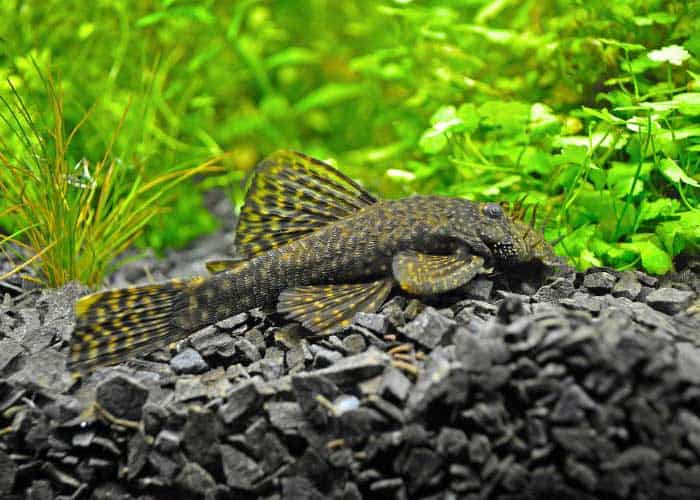
Tank size won’t affect the cleaning frequency, but the number of fish you have will make a huge difference. A small tank with 5 fish large fish needs to be cleaned much more often than a large tank with 5 large fish.
How To Clean Aquarium Gravel Algae
Algae can become a real problem in an aquarium. It competes for nutrients that are valuable to the health of your plants. Algae also compete for oxygen, and it looks unsightly.
Algae need certain conditions to grow, and because excess light is one of the main causes of algae growth, you will often notice algae around the edges of the tank, where excess light is more likely to enter.
The best way to get rid of algae is to stop it from growing in the first place, and the best way to do that is to regulate how much light enters the tank. Fish don’t need light at night, so you can turn it off. Ideally, your fish tank needs between 10-14 hours of light per day, any more than this can cause an algae bloom, and it will also affect the health of your live plants.
You should also keep your fish tank away from direct sunlight, which will warm your tank water and create even better conditions for algae to grow.
Vacuuming is often not enough to remove algae from gravel, so you will need to clean your gravel by hand, following the 4 steps I have listed above. You may need to use fast and hot running water to effectively remove the algae from the gravel.
If the algae is hard to remove, a more intensive and thorough clean may be necessary, using white vinegar or bleach. The gravel substrate can be soaked in a bucket mixed with bleach at a ratio of 1 cup of bleach to 10 cups of tap water or 1 cup of white vinegar to 2 cups of tap water. Leave the gravel to soak for several hours.
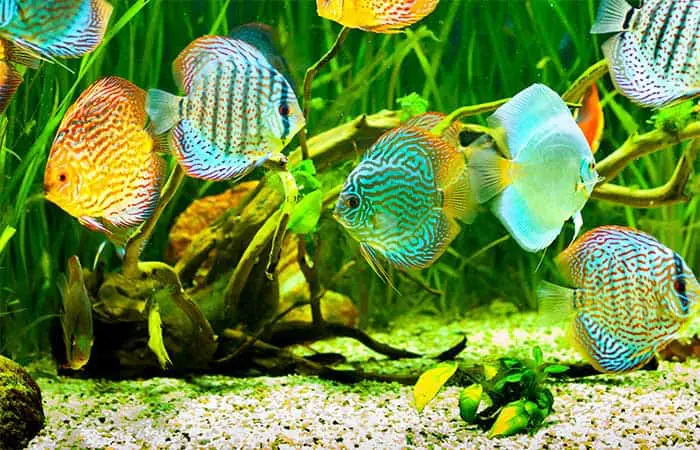
Bleach or vinegar is a good gravel cleaner that will kill the algae, often turning it brown, and it will be less likely to cling on when rinsed with warm or hot water.
If you use either of these chemicals, a thorough rinse will be required to remove any residue before returning the clean gravel to the tank.
It is also worth noting that bleach can sit within the pores of the gravel, so intensive rinsing is even more necessary.
How To Clean White Gravel In A Fish Tank
White gravel can give a beautiful look to any fish tank but can be difficult to keep clean. Over time it can become heavily stained from constant exposure to toxins and algae. So how do you clean white gravel in a fish tank?
Chemicals such as bleach, hydrogen peroxide, and even more natural products like white vinegar will all be useful in removing stains from your white gravel, quickly making your gravel cleaner and returning it to its original color.
When using bleach or other chemicals to clean aquarium plants, you will need to follow a specific ratio to avoid harming them. White gravel substrate will not be harmed if you use a mixture that is too strong, so feel free to experiment.
Often 1 cup of bleach to 10 cups of tap water is sufficient for cleaning, as is one cup of white vinegar to two cups of tap water.
Your main consideration when using bleach, hydrogen peroxide, or vinegar should be to rinse intensively to remove all remaining residue.
These chemicals are very alkaline and can disrupt the delicate balance of your fish tank’s pH level, which in turn can harm your fish or other aquarium inhabitants. Other chemicals used for cleaning can also be toxic and poison your fish.
Also read:
Wrap Up
So now you know how to clean fish tank gravel without a vacuum safely and without harming your fish. You should also understand that cleaning too intensively can harm the delicate balance of your tank by removing beneficial bacteria.
Aquarium gravel plays an important role in sustaining a healthy environment, but dirty gravel can harbor parasites, harmful bacteria, toxins, uneaten food, and other waste products, which can all contribute to general sickness or ammonia poisoning.
A clean tank creates a healthy aquarium environment, so regularly cleaning aquarium gravel is a major step toward maintaining a clean tank.


